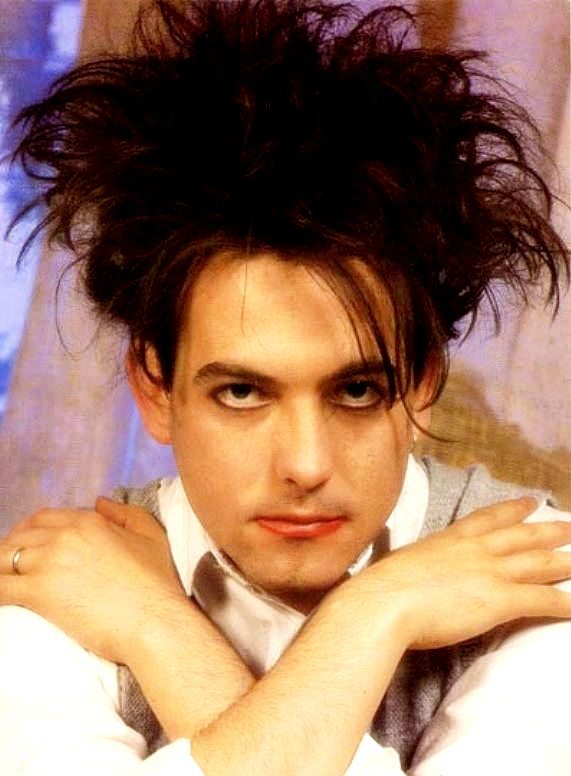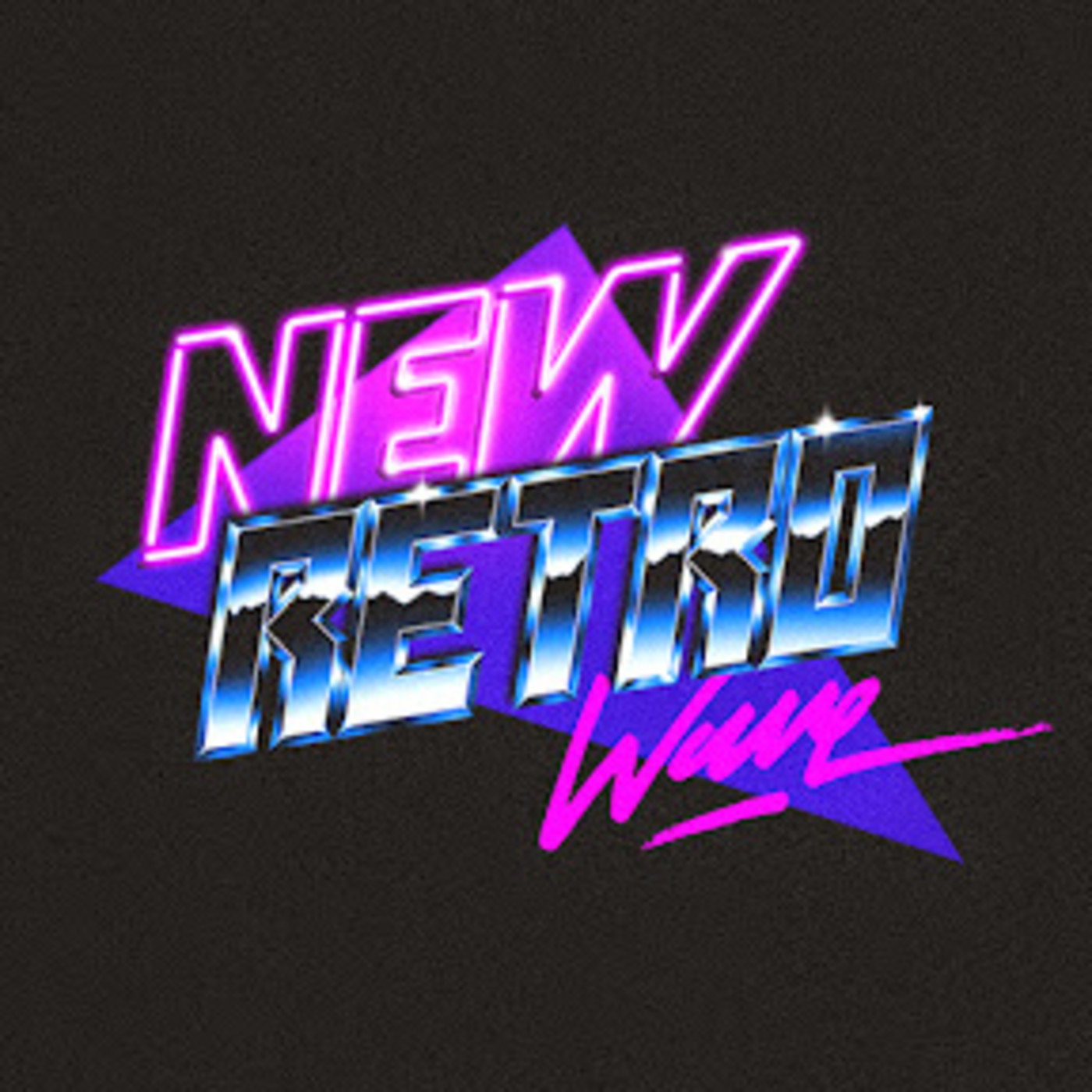

The college-radio boom of the ’80s and indie rock of the 21st Century both owe a lot to the New Wave bands on this list. In many ways, New Wave gave hope to independent bands playing in burgeoning local scenes. Shaw also noted that “artist-owned labels, once meaningful only as demos or vanities are now commercially viable thanks to new wave marketing systems.”
#THE MIDNIGHT WAVE NEW AGE FULL#
“In fact, it’s now widely recognized that the new wave represents a full spectrum of musical styles with the common factor being a fresh, honest approach and a sense of cultural involvement between artists and audience.” “One of the first misconceptions to fall by the wayside will be the notion that new wave/punk rock is raw, offensive, noncommercial music,” wrote Greg Shaw in a 1978 issue of Billboard. While “New Wave” and “post-punk” were pretty much interchangeable terms in 1977, by the early ’80s, the more avant-garde, harder-edged bands divided off into post-punk, and New Wave was the realm of synth-driven pop. There was power-pop, neo-psychedelia, acid-punk, art rock and lots and lots of keyboards. It encompassed pretty much everything that followed the punk movement that still served as an alternative to mainstream pop and rock. New Wave music meant a lot of things in the late 1970s. The following albums were collectively chosen by Paste music writers and editors.
#THE MIDNIGHT WAVE NEW AGE CRACK#
Faces dramatically lit by forks of lightning!Ĭrypto-Masonic symbols superimposed over distant galaxies! A crack in the cosmic egg! Sounds crazy, but sometimes with this stuff you really can judge a book by its cover, and Lopatin clearly has his "kosmische" synth down to a fine art.As we look at the best New Wave albums of the ’70s and ’80s, we’re focused both on the early records which overlap with our 50 Best Post-Punk Albums list through the New Romantics, left-of-center power-pop and synth rock of the ’80s.

And if that feels like a leap of imagination, just check out his record sleeves.

Listening to the sad synth arpeggios of Zones Without People feels like a wet weekend on Jupiter, with acid rain falling and clouds of vapor blocking out the distant sun. More than any of his peers, Lopatin seems to have a talent for investing this music with a strange emotional pull. The bad news is that nearly all of these have sold out, but the good news is that a good chunk of Lopatin's recent work – including his latest LP, Russian Mind – is due to be reissued on No Fun Productions as a two-CD compilation, Rifts, before the end of the year. It's been a busy year for Loptain, who has turned out a string of brilliant vinyl and cassette releases. One to watch, though, is Oneohtrix Point Never, the brainchild of Brooklyn-based musician Daniel Lopatin. Raglani was understandably worried, his being the sort of set-up you can't exactly replace with a trip to Cash Converters, but he's back touring again and hopefully his music hasn't lost any of its complexity and ingenuity. It's been a quiet year for Raglani, who was nearly forced into early retirement following the theft of numerous classic and home-built synths from his tour van. Joe Raglani, another Kranky signing, has really explored the possibilities of analogue equipment by building rolling synth tones into cinematic soundscapes inspired by, among other things, Popol Vuh's masterful score to Werner Herzog's Aguirre, Wrath of God. It's telling that the best bands of the current scene keep it vintage. It's not clear why such brain-expanded sounds are popular again after so long in the wilderness, but perhaps it's because of renewed interest in analogue synthesisers, long outmoded by their contemporary "soft" computer equivalents but now valued for their "authentic" sound. Also making waves are Portland's White Rainbow, on the reliable Kranky imprint, whose latest album, New Clouds, melds looping keyboards, Fourth World exoticism and jamming guitars into blissful drifts of sound. Their 2009 album, What Happened, and their more minimal 2008 offering, Solar Bridge, are both worthy of investigation. Leading the pack are Emeralds, an Ohio trio built around twin synths and droning, raga-like guitar, that take frosty new age sounds and deliver them with hurricane force.

This year's reappraisal of all things synthesiser-related, however, has unearthed a new crop of musicians harking back to new age's more elemental beginnings.


 0 kommentar(er)
0 kommentar(er)
